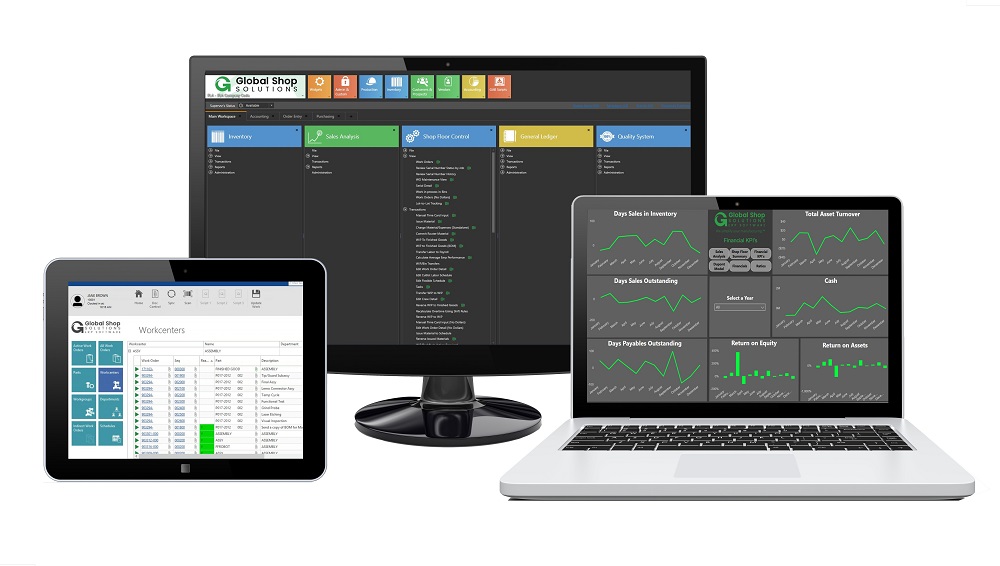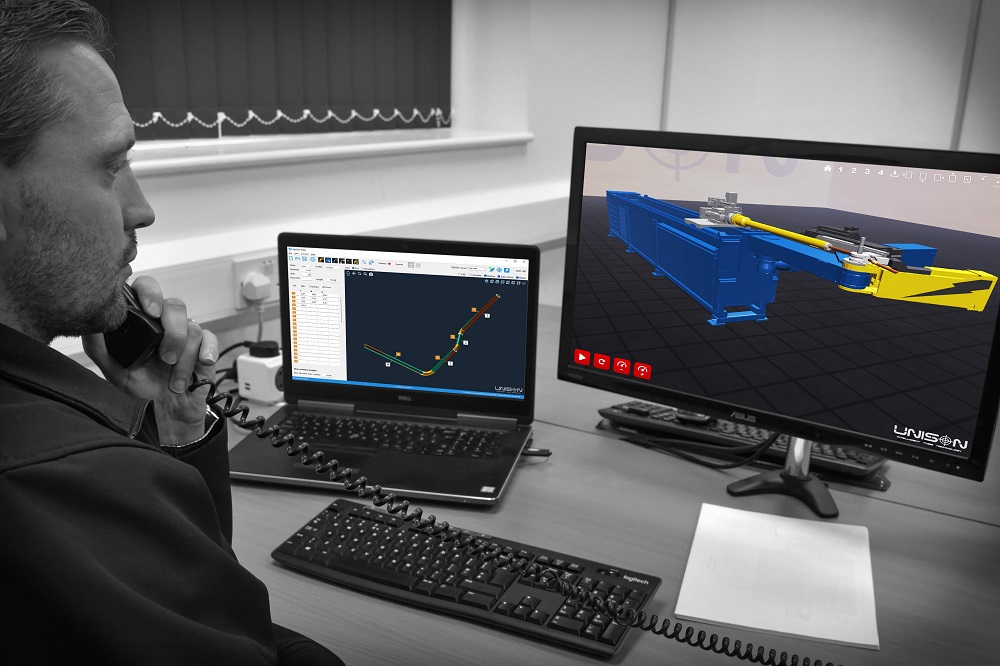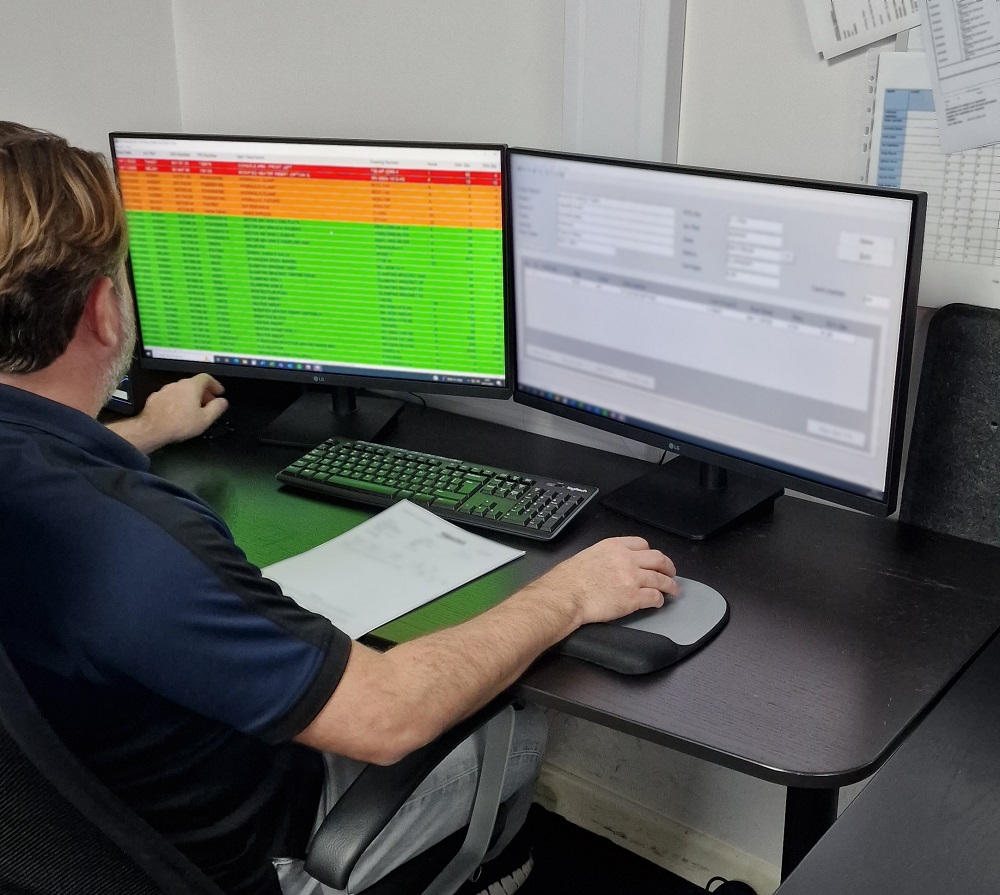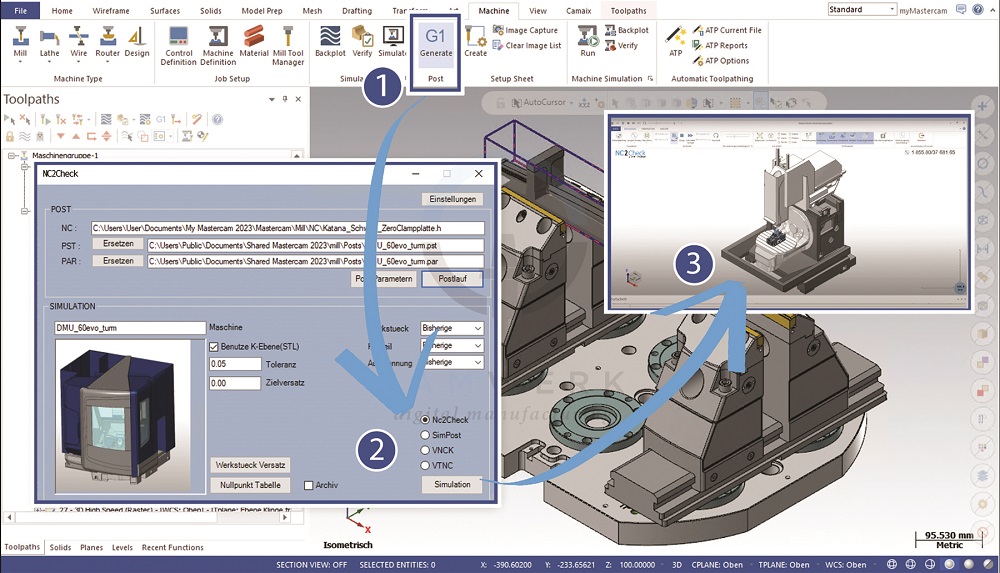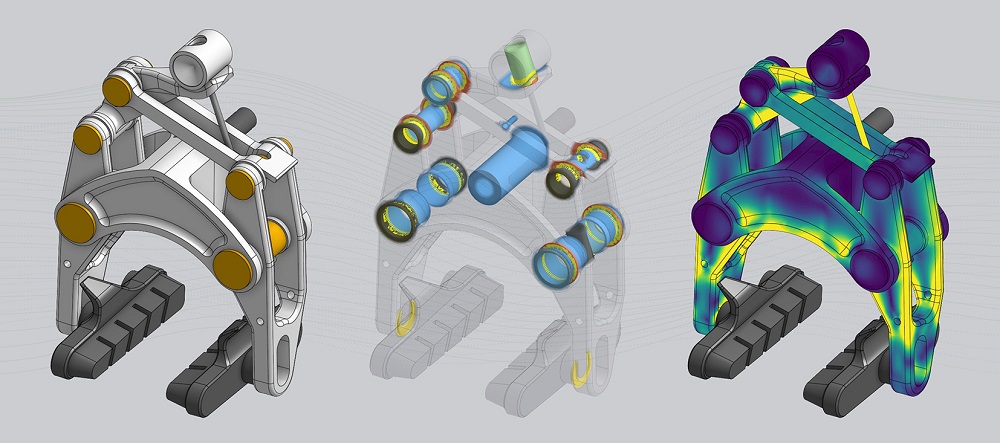Global Shop Solutions, a provider of ERP software to manufacturers around the globe, is proud to celebrate the 5th year anniversary of its Cloud ERP product. An investment of high importance to customers, the adoption of Cloud ERP greatly surpassed the five-year forecast.
Designed to make technical support easier and reduce the total cost of ownership for manufacturers, Global Shop Solutions says that Cloud ERP simplifies the software through increased speed, improved accessibility, stronger security, automatic data and systems back-ups, and more.
According to George Thuo, director of cloud technology at Global Shop Solutions, Cloud ERP caught the attention of current and prospective customers from the start: “Several years ago, a growing number of prospective ERP buyers began asking if our ERP system was offered in the cloud. Based on demand, I assembled a team to develop the product. Five years later I’m proud to say we have more than doubled our forecasts for the number of Cloud ERP users and made ERP software better for hundreds of manufacturers.”
With Cloud-based ERP, companies can maintain ERP at a reasonable price because the ERP vendor performs these tasks for the customer. Another advantage is the ability for employees to access their company’s ERP system from anywhere, including at-home workstations or in real time at multiple facilities.
At time of launch, about 25% of new Global Shop Solutions customers opted for Cloud-based ERP. Currently, about 65% of new customers choose that route. Thuo expects these numbers will continue to climb, in large part due to the concerns of manufacturers regarding cybersecurity threats.
For further information www.globalshopsolutions.com






